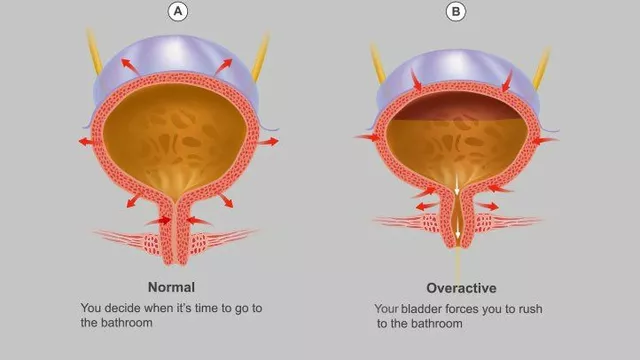How Manufacturers Fix Quality Problems: A Practical Guide to Corrective Actions
December 6 2025Viral Cold Symptoms: What to Expect and How to Manage
When dealing with viral cold symptoms, the collection of signs like runny nose, sore throat, cough and mild fever that appear when a person is infected by common cold viruses. Also known as cold symptoms, they signal your immune system is fighting a viral infection.
Key Factors in Managing Viral Cold Symptoms
The most frequent culprit is Rhinovirus, the most common cause of the common cold. This tiny virus sticks to the lining of your nose and throat, sparks inflammation, and triggers the classic runny‑nose cascade. Other viruses—like certain coronaviruses and influenza strains—can produce a similar picture, but rhinovirus accounts for the bulk of everyday colds. Because these viruses replicate in the upper airway, they rarely cause serious organ damage, yet they still unleash a wave of discomfort.
Typical viral cold symptoms include a clear or colored nasal discharge, itchy eyes, sneezing, sore throat, mild headache, and a low‑grade fever. The body’s immune response floods the area with white blood cells, which is why you feel congested and achy. Most healthy adults bounce back in a week, but the symptom timeline can stretch longer if you’re exposed to multiple viral strains or if your immune defenses are weakened.
To tame the nose drip and itchy eyes, many turn to Antihistamines, medications that block histamine release to reduce runny nose and sneezing. These drugs calm the histamine surge that the virus provokes, making breathing easier and sleep less interrupted. For fever and body aches, Fever reducers, drugs like acetaminophen or ibuprofen that lower body temperature are the go‑to choice. They temper the hypothalamic thermostat and ease muscle pain, allowing you to stay active while your body heals.
When the cough becomes relentless, Cough suppressants, agents such as dextromethorphan that calm the cough reflex can bring relief. Pair them with honey‑lemon tea or warm broth to soothe throat irritation. Hydration remains a cornerstone—drinking water, herbal teas, or electrolyte drinks thins mucus and prevents dehydration caused by fever. Rest is equally vital; sleep directs energy toward immune cells, shortening the illness duration.
Prevention still wins the day. Frequent hand washing, avoiding close contact with sick people, and keeping indoor humidity moderate reduce viral spread. If symptoms skyrocket—high fever above 102°F, shortness of breath, or symptoms lasting beyond two weeks—consult a healthcare professional. These signs may indicate a bacterial superinfection or a different illness that needs targeted treatment.
Below you’ll find a hand‑picked selection of articles that dive deeper into each of these topics, from choosing the right antihistamine to tips for soothing a persistent cough, giving you practical tools to get through a cold faster.
 27 Sep
27 Sep
Is Your Runny Nose an Infection or Allergy? How to Tell
Learn to spot the differences between an infection‑related runny nose and one caused by allergies. Get clear signs, simple tests, and when to seek help.
Read More...




